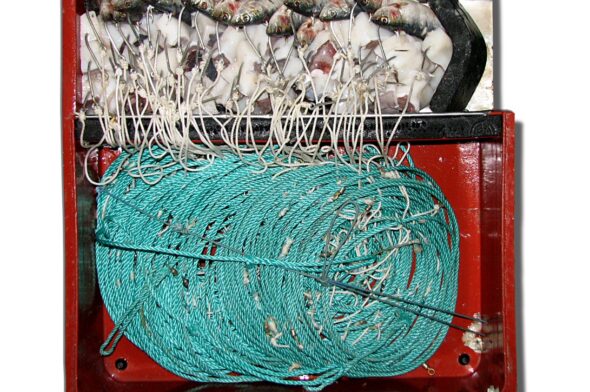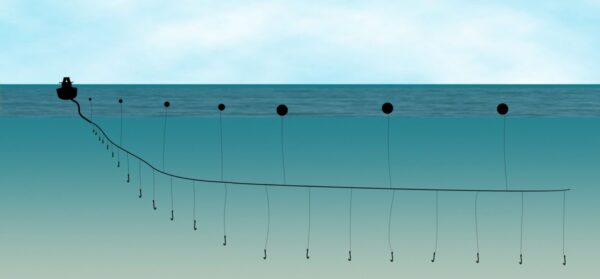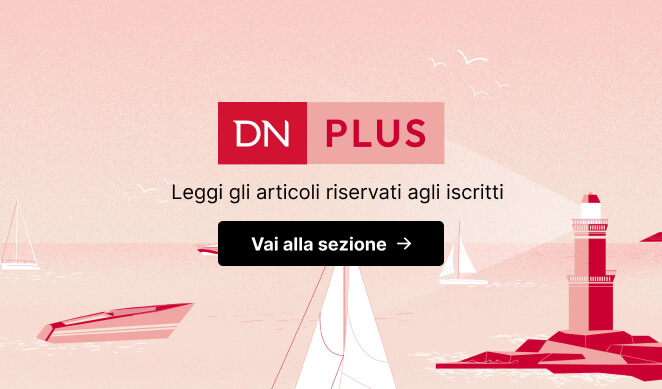The Maldive government bans longline fishing
Longline fishing uses a large-gauge fishing line with regularly spaced fishing hooks tied to another length of thinner line

Longline fishing uses a large-gauge fishing line with regularly spaced fishing hooks tied to another length of thinner line
The government of the Maldives has decided to ban longline fishing within its waters. The president of the archipelago announced a few days ago that the government would only allow tuna fishing using single lines from now on. What does this mean?
Longline fishing is a system that is also well known in our waters, where it is known as “palamito” or “palangaro”. This is a large-gauge fishing line with regularly spaced fishing hooks tied to another length of thinner line (these are known as “snoods”) At equally spaced intervals are also placed floats which allow the bait to be positioned at the right depth.
At each end of the main line are two floats topped with the flag or radar to easily locate the line in the water. This can be anchored to the sea floor or allowed to float freely. The different shaped, hooks and depths make this perfect for fishing a number of different species of fish. The total size can be contained, like in our waters, or even hundreds of metres long.
In the North Sea, local fishermen can drop up to 25,000 hooks a day, while in the North Pacific lines with 2000 hooks each are used. In Italy, longline fishing is regulated by a law that came into force in January 2024, limiting the maximum number of hooks and machinery used. From an environmental point of view the risk within the Mediterranean basin in minimal, while mass fishing techniques of this kind in the oceans could lead to bycatch, accidentally catching waterfowl, dolphins, turtles and sharks.
The impact is still inferior to that caused by the large ocean drag nets, which collect everything they come across. For example, longline fishing was banned in Hawaii in 2000 because of excessive accidental catches of sea turtles, but it was then allowed after the equipment was modified. Longline fishing, together with gillnetting, is also one of the causes of microplastic pollution because of the equipment left in the water after use.
The Maldive government’s decision was praised by the Blue Marine Foundation, a well-known British marine protection association, who shared a post on Instagram: “This decision means that the Maldives will continue to provide a safe haven for ecologically significant and threatened marine megafauna such as all species of sharks, rays and turtles. Together we can turn the tide and create a better future for our oceans.”

Photo source: Wikipedia



